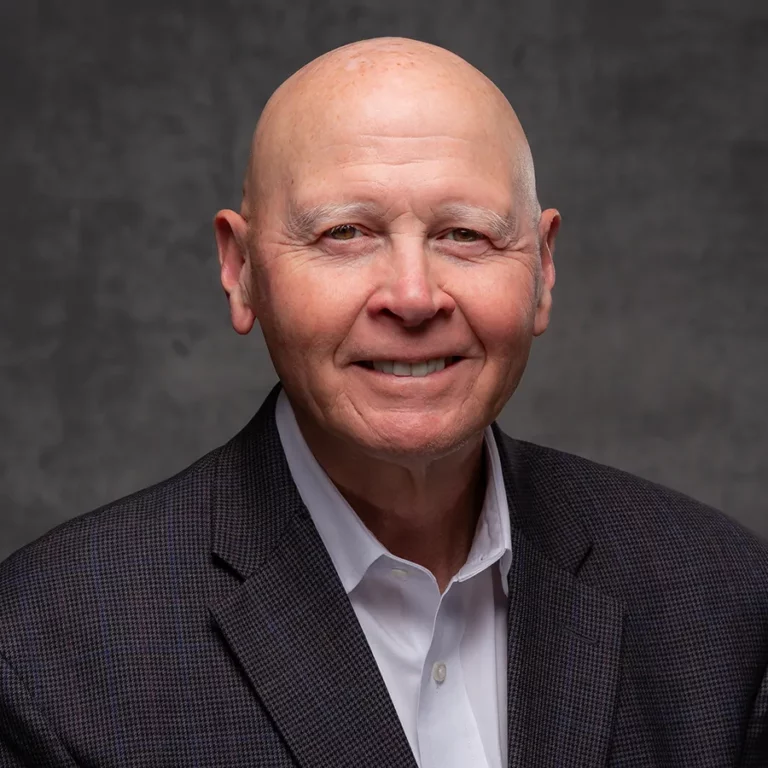In an era where living to 100 is becoming increasingly likely, financial planning for retirement takes on a new level of complexity. The Yahoo Finance article, “Retirement Planning: Here’s How Much You’ll Need To Save If You Live to 100”, offers a comprehensive look at this challenge, highlighting the need for a radical shift in our approach to life and financial planning.
Understanding the Longevity Revolution
The “longevity revolution” concept discussed by Laura L. Carstensen, director of the Center for Longevity, suggests a significant societal shift. This revolution impacts various aspects of life, including health care, personal finance, legal, and retirement planning. Adapting to this change requires a thorough understanding and strategic legal and financial planning.
“We really need to change the way we live in fairly radical ways,” said Center for Longevity director Laura L. Carstensen, the Fairleigh S. Dickinson Jr. Professor in Public Policy and professor of psychology. “We need to re-envision the life course, what it can look like today, and what the big challenges are that we need to address for individuals living to 100 and beyond.”
Someone who plans to retire at age 65 may live another 35 years in retirement. For most people this means living on a fixed income, with only minimal cost-of-living-increases.
The 80% Rule of Thumb for Retirement Savings
A commonly accepted guideline is that retirees will need about 80% of their pre-retirement income to maintain their lifestyle. This translates to a significant sum for an average American wage earner, necessitating diligent saving and investment strategies.
Breakdown of Retirement Costs
Food Costs
Over a 35-year retirement period for someone living to 100, food costs can accumulate significantly. Based on Bureau of Labor Statistics (BLS) data, these expenses can reach upwards of $167,895, which demands careful budgeting and planning.
Healthcare Costs
Healthcare is a major expense in retirement. With fluctuating Medicare premiums and additional out-of-pocket expenses, the estimated healthcare costs over 35 years can exceed $263,900. This figure underscores the importance of planning for higher healthcare costs in later life.
VA Pension and Nursing Home Medicaid can help with long term care costs, but qualification can be tricky. An experienced Elder Law Estate Planning Attorney can help.
Housing Costs
Housing expenses vary greatly depending on whether one stays home or moves to an assisted living facility. While staying in a paid-off home can be more cost-effective, the potential need for long-term care can significantly increase these costs.
Incidental and Discretionary Spending
Retirement isn’t just about covering basic needs. It also includes transportation, entertainment and other lifestyle expenses. Over 35 years, these costs can amount to around $506,905, highlighting the need for a comprehensive budget that includes leisure and lifestyle expenses for those living to 100.
Total Retirement Cost Estimation
Adding up these expenses, the total cost of living 35 years in retirement is estimated to be around $1,756,370. This figure is a stark reminder of the financial demands of a long retirement period.
Income Sources in Retirement
Social Security benefits play a crucial role in retirement income. However, they must often be supplemented with personal savings and investments to cover the total estimated costs. Effective legal and financial planning and investment strategies are crucial to bridge this gap.
Strategies for Effective Retirement Planning
Saving Strategies
Saving 15% of income and employing automated savings plans can bolster retirement funds. Starting early and being consistent is key to building a substantial nest egg.
Preparing for Near-Retirement
For those nearing retirement age with insufficient funds, exploring ways to boost income, pay off debts and cut costs is crucial. Every dollar saved or earned can make a significant difference.
Adjusting Lifestyle and Spending
Managing expenses and lifestyle to fit retirement income is vital. This may involve making tough choices about spending and lifestyle to ensure financial stability in the later years.
Conclusion
The prospect of living to 100 brings the challenge of ensuring financial stability in retirement. Early and effective planning is essential, guided by a clear understanding of the costs involved and the income needed. As we navigate this new era of longevity, adapting our financial strategies will be vital to enjoying a comfortable and secure retirement.
Contact McNair Dallas Law to ensure you have the legal planning necessary for a long and happy retirement.
References
For more detailed insights and data, refer to the original Yahoo Finance article: “Retirement Planning: Here’s How Much You’ll Need To Save If You Live to 100”.




